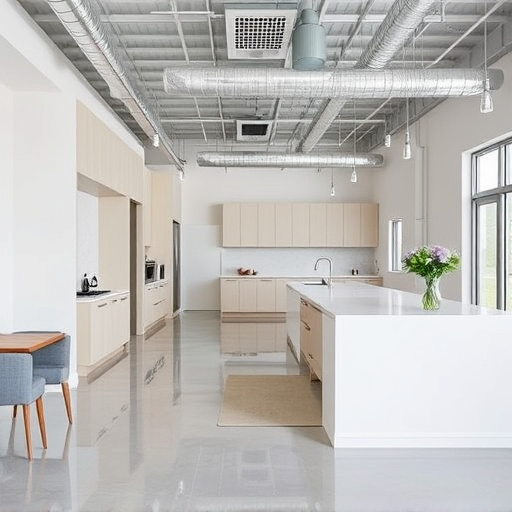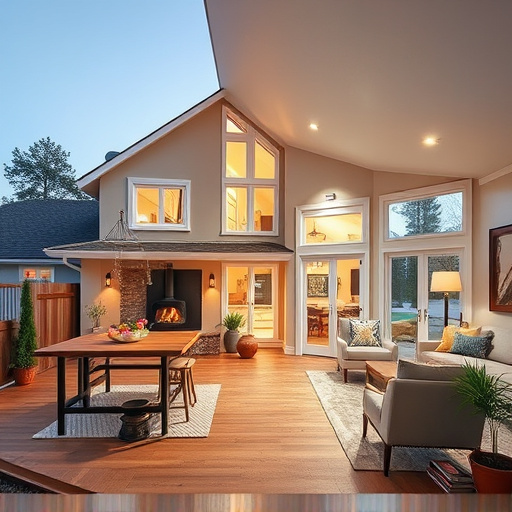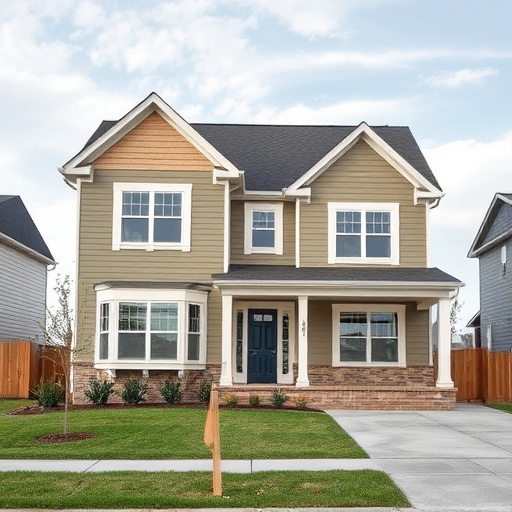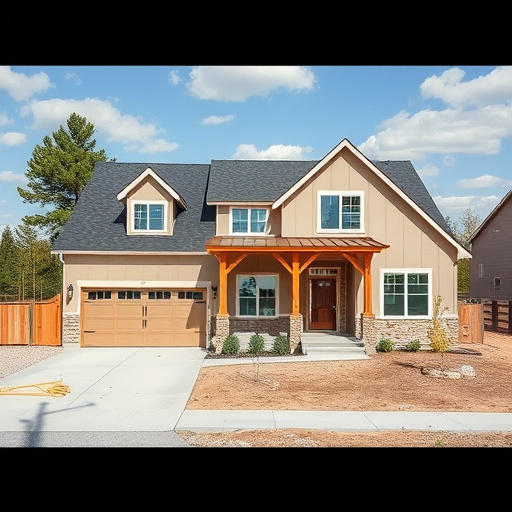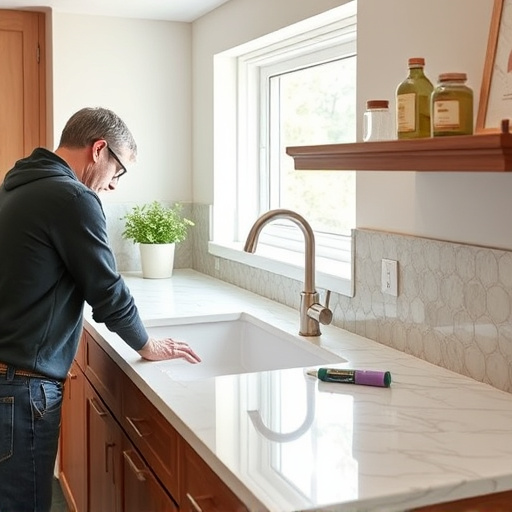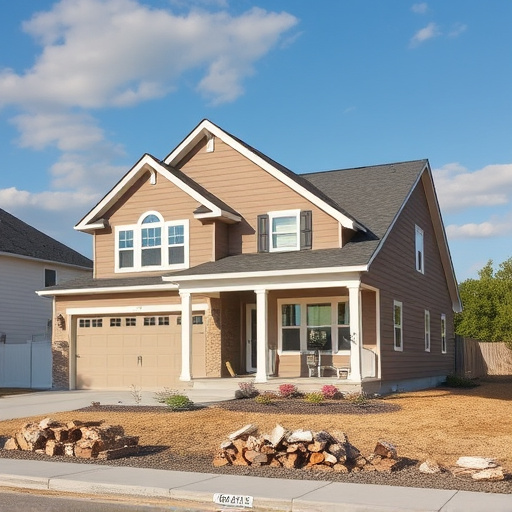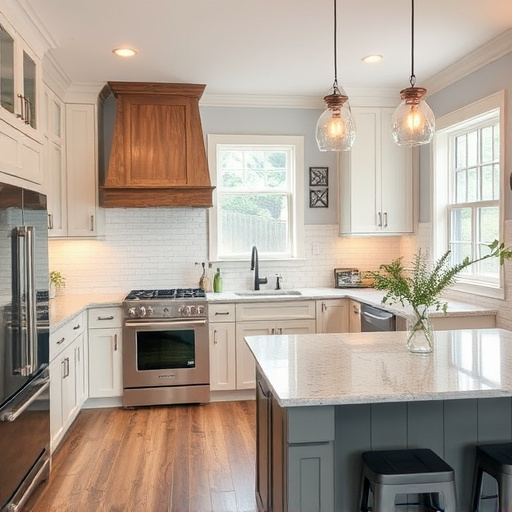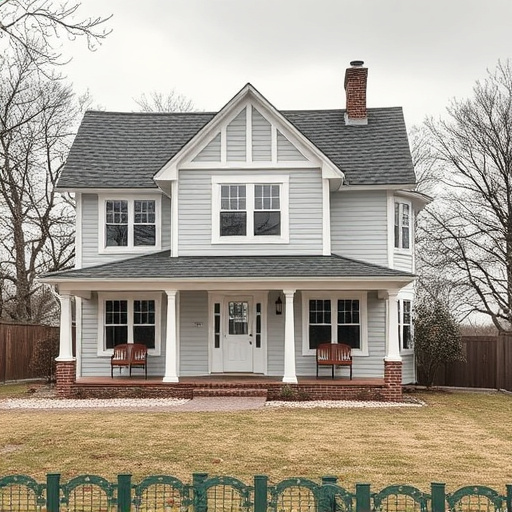Strategic lighting design is a powerful tool in interior decorating, capable of transforming spaces from mundane to inviting or expansive. By layering natural and artificial light, including ambient, task, and accent lighting, designers can create depth, dimension, and desired atmospheres—from cozy dining nooks to bright work areas. Customized home renovations that maximize natural light through strategic window placement and reflective surfaces, while utilizing dimmable artificial lights, enhance both functionality and aesthetics. Renovation services specializing in interior lighting design assist in selecting fixtures and layouts that complement décor and provide adequate illumination day and night, ultimately transforming spaces into functional, inviting, and stylish environments.
Discover the power of lighting in transforming your interior decorating projects. In this guide, we explore how strategic illumination can enhance spaces, set moods, and highlight design elements. From understanding the impact of light on different areas to implementing effective strategies, you’ll learn essential techniques for creating inviting atmospheres. We also delve into various types of lighting fixtures, offering insights into their unique roles in interior decorating to ensure your projects shine bright.
- Understanding the Impact of Light on Spaces
- Strategies for Effective Interior Lighting Design
- Incorporating Different Types of Lighting in Your Project
Understanding the Impact of Light on Spaces
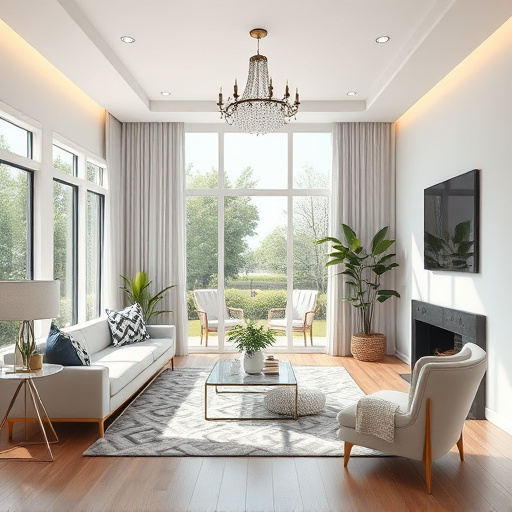
Light has a profound impact on our perception and emotional state, making it a crucial element in interior decorating. It can dramatically alter the atmosphere of a space, enhancing its beauty or creating a sense of coziness or vastness. Understanding how light interacts with different surfaces and volumes is key to achieving desired aesthetics and functionality in home transformations. Natural light, for instance, can make a room feel open and inviting, while strategically placed artificial lighting can highlight specific features or create focal points, transforming plain spaces into captivating ones.
In customized home renovations, lighting design often goes beyond aesthetics to enhance practicality. Well-planned illumination ensures that each area serves its intended purpose, whether it’s a warm and intimate dining nook or a bright and airy workspace. By carefully considering the placement of fixtures and understanding the interplay of light and shadow, designers can create functional spaces that are both visually appealing and comfortable for residents, ultimately enriching their interior decorating projects.
Strategies for Effective Interior Lighting Design
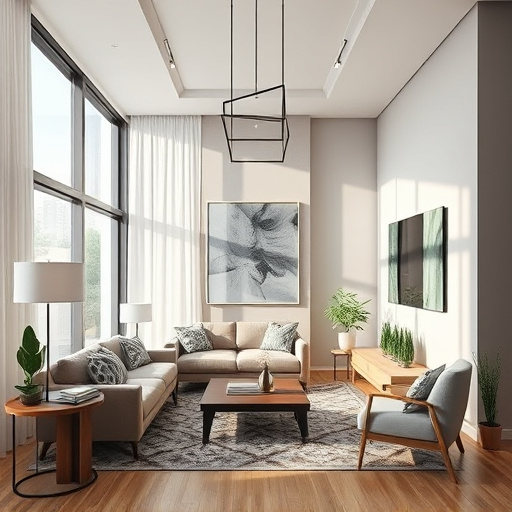
In interior decorating, lighting goes beyond functionality to become a powerful design tool that can dramatically alter spaces. Strategies for effective interior lighting design involve layering light sources—combining ambient, task, and accent lighting—to create depth, dimension, and ambiance. Ambient lighting sets the overall mood, while task lighting ensures areas like kitchens and bathrooms are functional and safe for daily activities. Accent lighting, placed strategically, draws attention to artwork, architectural details, or specific areas, enhancing the aesthetics of your home remodeling or bathroom renovations projects.
Understanding how light interacts with spaces is key. Natural light should be maximized during the day through strategic window placement and reflective surfaces, while artificial lights can be adjusted to fit different activities and atmospheres. Incorporating dimmers allows for versatility and mood-setting capabilities, enabling you to adjust lighting levels according to your needs. This attention to detail, when applied to kitchen remodel or other interior redesign projects, ensures that spaces are not only beautiful but also inviting and well-lit for all occasions.
Incorporating Different Types of Lighting in Your Project
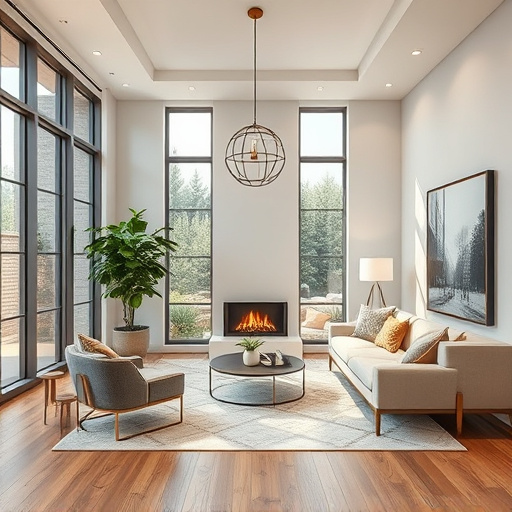
Incorporating different types of lighting into your interior decorating project is a powerful way to enhance both functionality and aesthetics. Beyond basic overhead lighting, consider task lighting for specific activities like reading or cooking, and accent lighting to draw attention to art or architectural features. Customized home renovations often involve strategic lighting placement to create ambiance and mood. For instance, dimmable lights can be used to set the tone in different areas of your home, from a warm glow in bedrooms to a brighter, more inviting atmosphere in living spaces.
Renovation services that specialize in interior lighting design can help you choose fixtures and layouts that not only complement your décor but also maximize natural light during the day and artificial light at night. Whether you’re planning a full-scale renovation or making incremental changes, understanding how to use lighting effectively is key to transforming your space into a functional, inviting, and stylish environment.
Lighting is a powerful tool in interior decorating, capable of transforming spaces and enhancing ambiance. By understanding how light interacts with our surroundings, we can employ strategies that create inviting and functional areas. Incorporating various lighting types—from ambient to task—allows for tailored illumination, catering to different activities and aesthetic preferences. Effective interior lighting design not only improves visual comfort but also adds depth, dimension, and style to any project, making it a key element in successful interior decorating.





